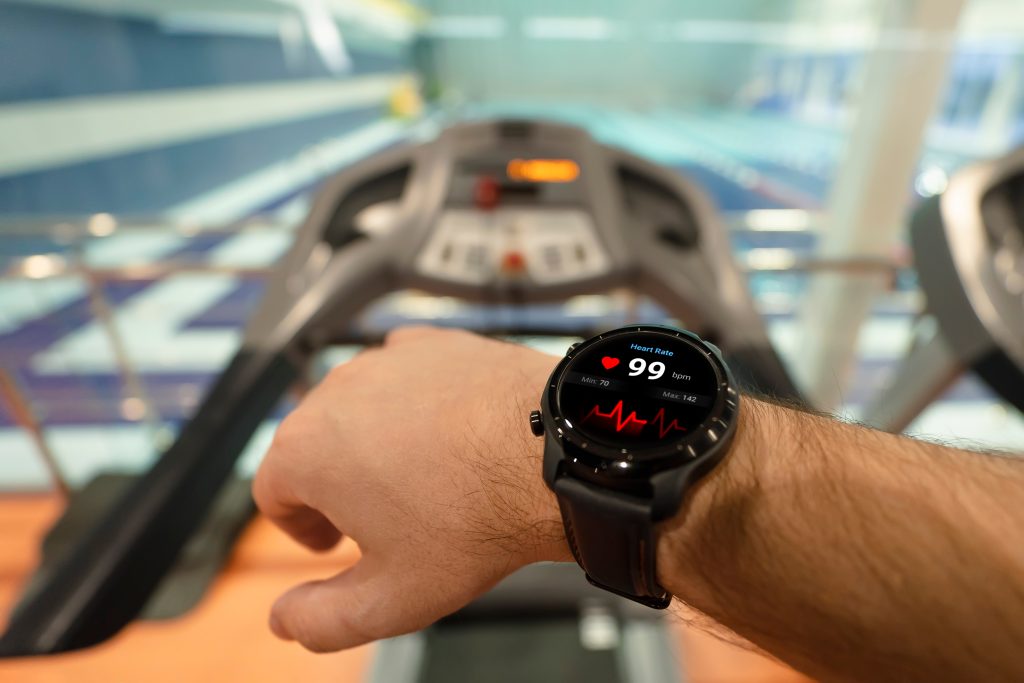According to the American College of Sports Medicine, the recommended amount of aerobic exercise for adults is at least 150 minutes per week of moderate-intensity activity, or 75 minutes per week of vigorous-intensity activity. This translates to 30 minutes of moderate-to-vigorous exercise, 5 days a week.
For those with busy lifestyles who lack the time, “high-intensity interval training” (HIIT) can be an effective substitute, cutting the workout time by half while still providing cardiovascular benefits.
Defining Exercise Intensity
A simple way to gauge intensity is by your ability to talk during the workout. Moderate-intensity exercise allows you to speak in short sentences, while high-intensity leaves you too breathless to carry a conversation.
A more accurate method is to calculate your heart rate reserve (HRR) – the difference between your resting heart rate and your maximum heart rate. Moderate-intensity exercise falls within 40-59% of your HRR, while high-intensity is above 60%.

The Benefits of Aerobic Exercise
Regular aerobic exercise can lower the risk of chronic conditions like obesity, heart disease, high blood pressure, type 2 diabetes, stroke, and certain cancers. It may also help alleviate depression, boost cognitive function, and slow cognitive decline.
High-Intensity Interval Training (HIIT)
HIIT workouts involve short bursts of maximum-effort exercise alternating with recovery periods. While HIIT programs vary, a typical session might consist of 15-60 seconds of all-out effort followed by 45-120 seconds of active recovery, repeated for 18-25 minutes, 3 times per week.
HIIT has been shown to provide greater improvements in muscle mass, fat loss, and cardiovascular fitness compared to traditional moderate-intensity cardio. For time-crunched individuals, HIIT can be an efficient training approach – but proper precautions are essential, especially for those new to exercise or with health conditions.
Reduced-Exertion High-Intensity Training (REHIT)
REHIT is a lower-volume version of HIIT, with a structure like “2 minutes warm-up, 20 seconds all-out effort, 3 minutes recovery, 20 seconds all-out effort, 3 minutes cool-down.” Research suggests REHIT may be a time-efficient way to enhance cardiovascular fitness, potentially even more effective than moderate-intensity exercise for glycemic control in those with prediabetes.

Technology-Assisted Exercise
Objective monitoring of exercise intensity, using devices like smart bikes, treadmills, or heart rate monitors, can help ensure individuals are truly reaching the high-intensity thresholds needed to reap the full benefits of HIIT and REHIT workouts. This is especially important for those new to high-intensity training, who may overestimate their effort level.




